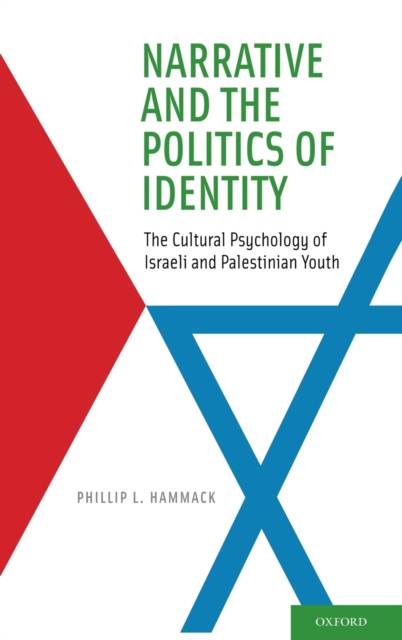
Je cadeautjes zeker op tijd in huis hebben voor de feestdagen? Kom langs in onze winkels en vind het perfecte geschenk!
- Afhalen na 1 uur in een winkel met voorraad
- Gratis thuislevering in België vanaf € 30
- Ruim aanbod met 7 miljoen producten
Je cadeautjes zeker op tijd in huis hebben voor de feestdagen? Kom langs in onze winkels en vind het perfecte geschenk!
- Afhalen na 1 uur in een winkel met voorraad
- Gratis thuislevering in België vanaf € 30
- Ruim aanbod met 7 miljoen producten
Zoeken
Narrative and the Politics of Identity
The Cultural Psychology of Israeli and Palestinian Youth
Phillip L. (Assistant Professor of Psychology, Assistant Profess
Hardcover
€ 60,45
+ 120 punten
Omschrijving
This book presents a psychological analysis of identity development among Israeli and Palestinian youth, developing an argument about the mutual constitution of culture and mind through narrative, as well as a compelling critique of traditional approaches to intervention with youth to promote peace and coexistence.
Specificaties
Betrokkenen
- Auteur(s):
- Uitgeverij:
Inhoud
- Aantal bladzijden:
- 424
Eigenschappen
- Productcode (EAN):
- 9780195394467
- Verschijningsdatum:
- 3/02/2011
- Uitvoering:
- Hardcover
- Afmetingen:
- 236 mm x 168 mm
- Gewicht:
- 771 g

Alleen bij Standaard Boekhandel
+ 120 punten op je klantenkaart van Standaard Boekhandel
Beoordelingen
We publiceren alleen reviews die voldoen aan de voorwaarden voor reviews. Bekijk onze voorwaarden voor reviews.









